On the morning of September 22, 2025, the 2nd IOPP Colloquium was held at the Institute of Particle Physics (IOPP) of Central China Normal University (CCNU). Professor Jiangyong Jia, a tenured professor at Stony Brook University (SBU) , delivered an inspiring talk titled “Imaging Nuclei by Smashing: Bridging Nuclear Physics Across Energy Scales” to over 100 faculty members and students.
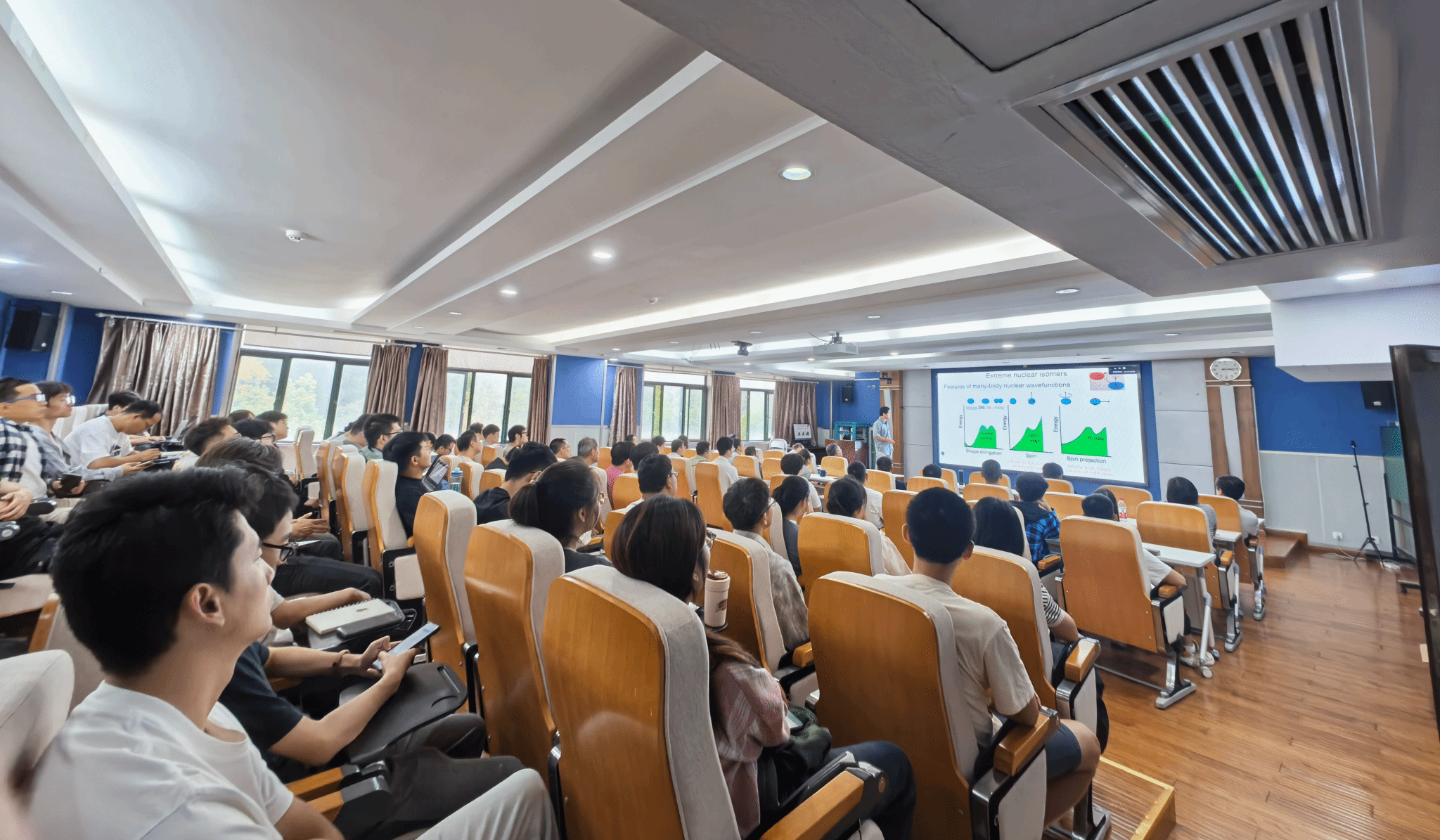
Professor Jia Presents His Research
Professor Jia's talk began with the question of how to capture the initial first moment of atomic nuclei through high-energy collisions, pedalogically explaining his collaboration's innovative "Method of Imaging Nucear Structure through Collision." This method utilizes correlations between the momentum distributions of the final-state particles and initial geometric shapes in hydrodynamic models of the heavy-ion collisions, and the suppression of the non-equilibrium effects in the transport processes in Quark-Gluon Plasma (QGP) . These techniques achieved the first precise measurement of Uranium-238's triaxial deformation parameters (β₂=0.286±0.025, γ=8.7°±4.5°) in relativistic heavy-ion collisions at RHIC energies ( Nature, Vol. 635, 2024) and is extended to other nuclear deformation studies in nucleus-nucleus collisions at the LHC.
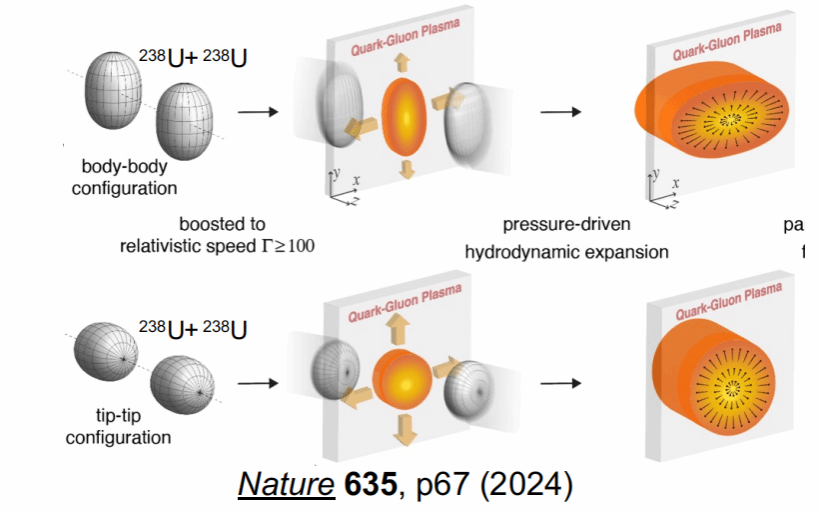
Professor Jia's work established a new paradigm for studying nuclear structures through ultra-relativistic collisions. The ratio analysis method he developed provides a unique tool for simultaneously investigating QGP properties and nuclear structures.
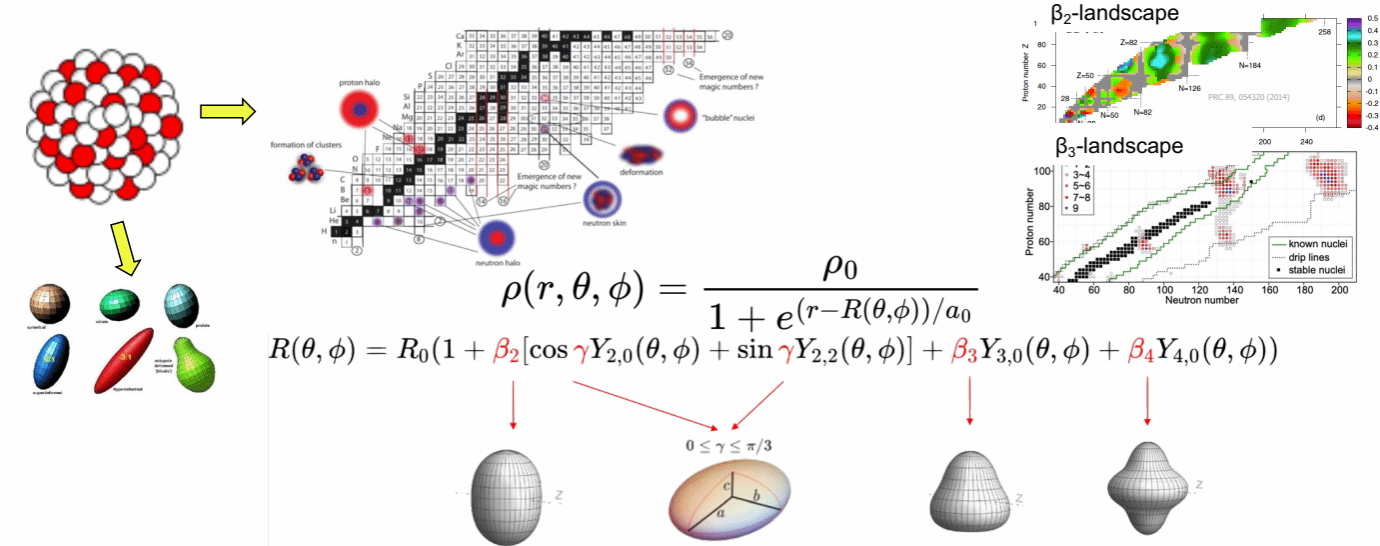
During the post-talk discussion session with PhD students, Professor Jia had in-depth exchanges with young scientists on several fromtier topics, including characterization of light nuclei (e.g., ¹⁶O/²⁰Ne) cluster structures in the TeV energy region, future research plans for isobaric analog states (e.g., ¹²⁴Sn/¹²⁴Te/¹²⁴Xe), and the impact of subnuclear structures on initial energy deposition. He emphasized: “What’s most exciting in this field is that we are using the largest scientific facilities built by humanity (like the LHC) to explore the most fundamental structural mysteries of matter.”
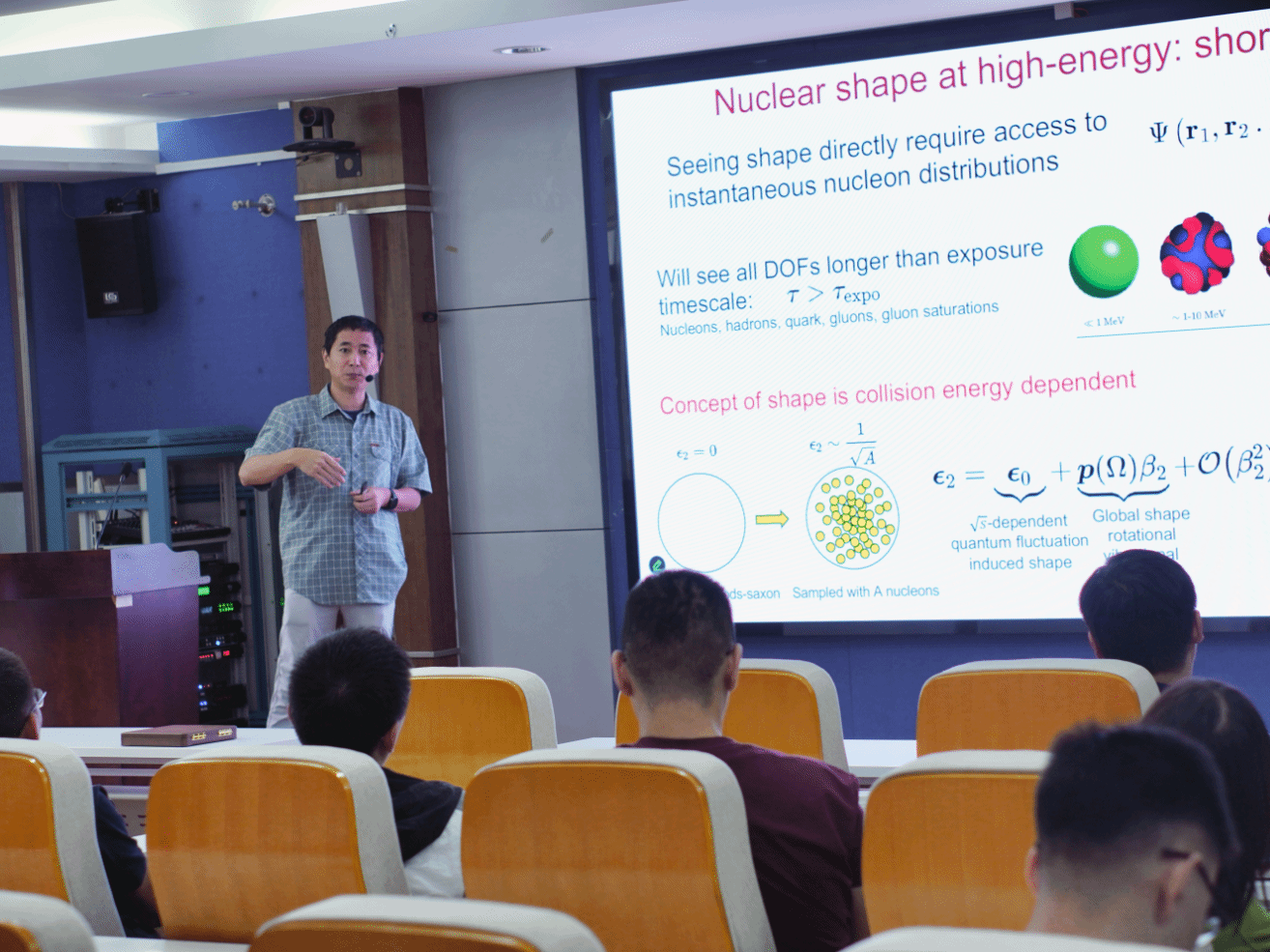
The IOPP Colloquium is a series of pedological talks organized by the Institute of Particle Physics, designed to provide both popular science insights and academic inspiration to all IOPP faculty and students, aiming to foster a vibrant research and collaborative environment. This talk showcased the intersection between high-energy nuclear physics and low-energy nuclear structure research. With its rich content and profound insights, the colloquium offered a valuable learning opportunity for attendees and further reinforced the IOPP’s academic visision of “international collaboration and interdisciplinary research.”
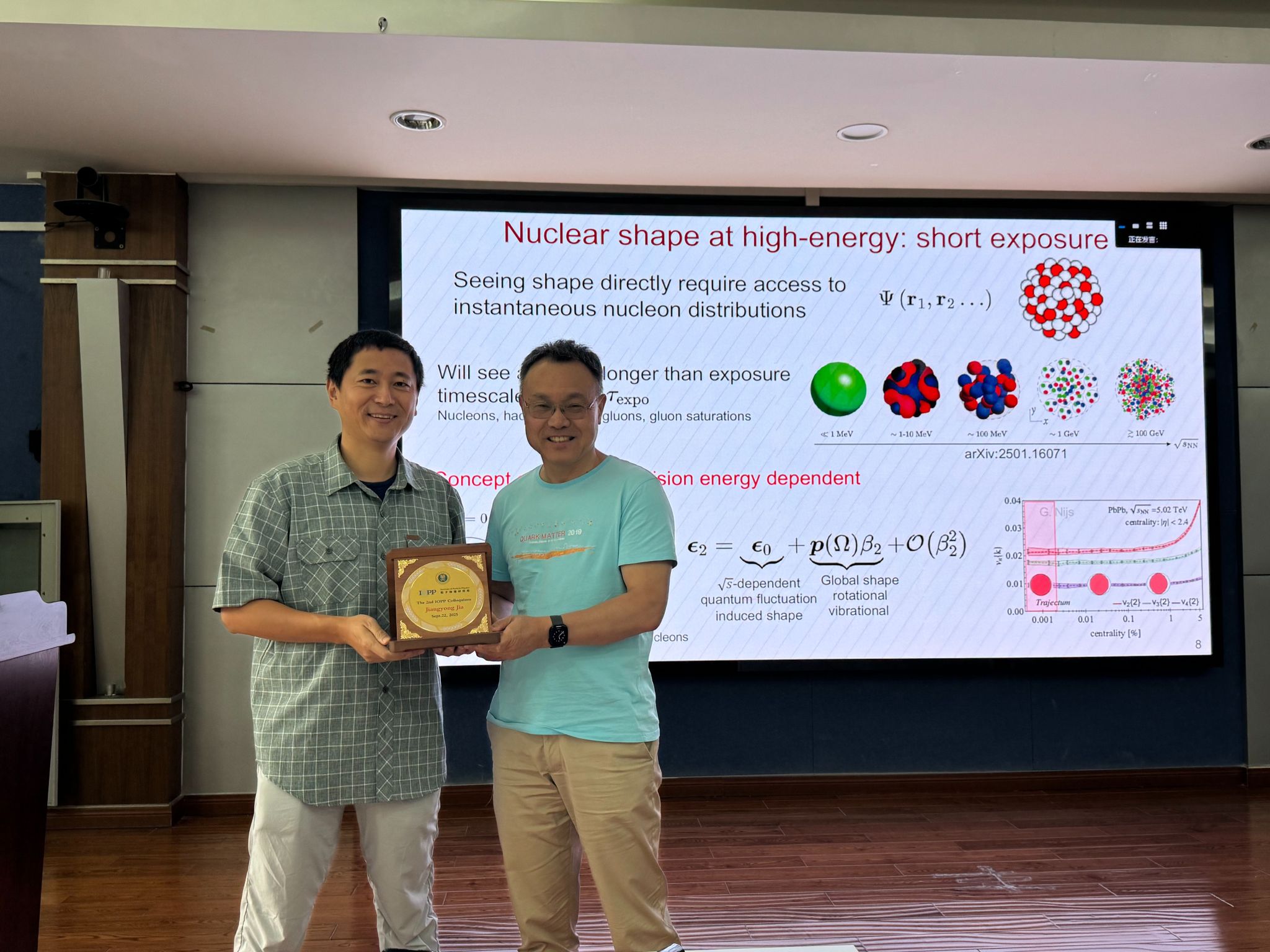
Professor Xin-nian Wang, Director of C3NT, presented Professor Jiangyong Jia with the 2nd IOPP
Colloquium Commemorative plaque
Jiangyong Jia(贾江涌) is a professor in Stony Brook University (SBU) . He is member of RHC-STAR and LHC-ATLAS, and previously the RHIC-PHENIX experiments, with broad interests in high energy nuclear physics and particle physics. His main expertise is in the area of collective flow, hydrodynamics and particle correlations from small to large collision systems. He received his B.S. degree from USTC in 1997, Ph.D. from SBU in 2003, worked as a postdoc in Columbia University, before joining the faculty at SBU in 2006.
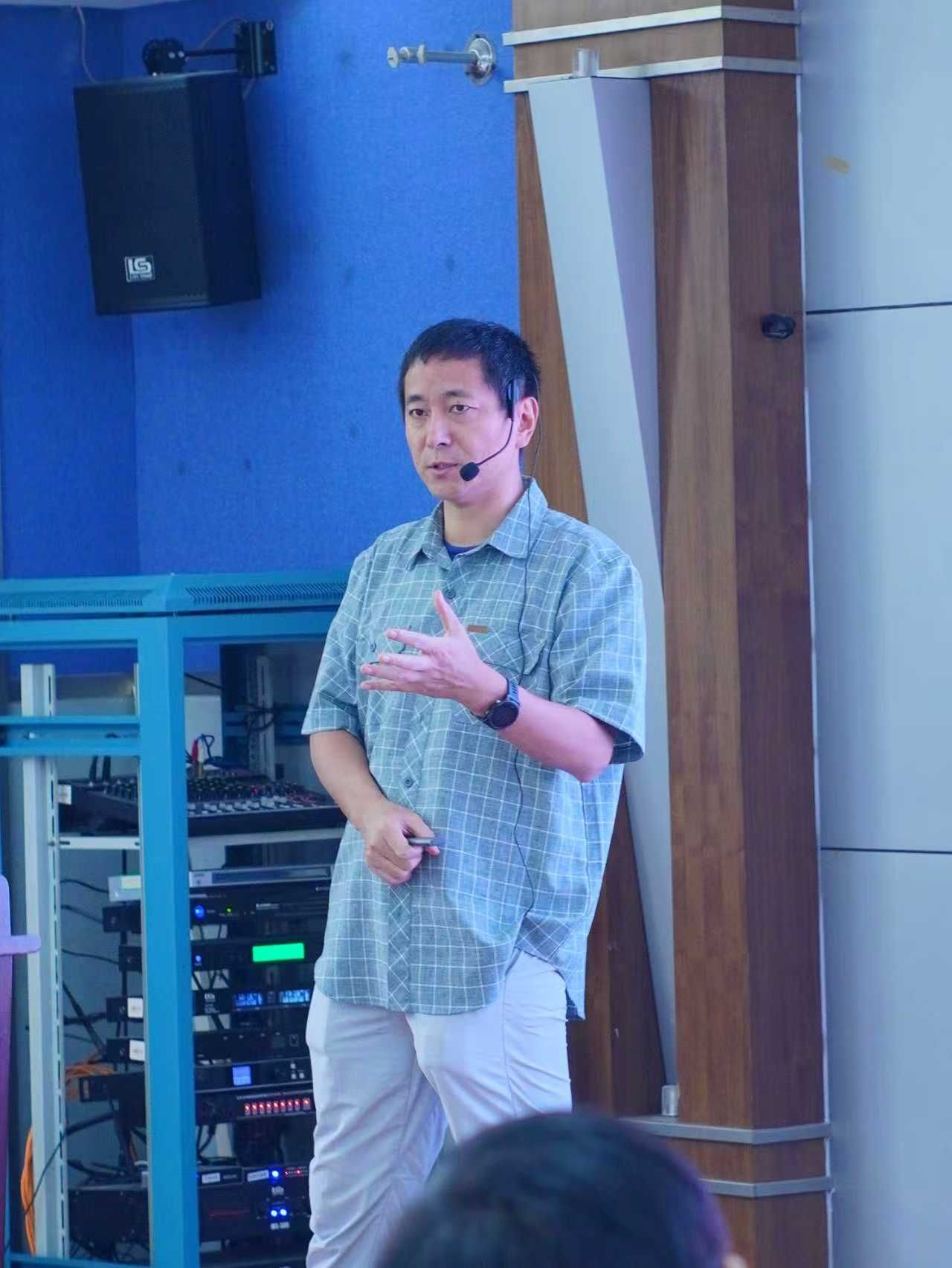
Correspondent: Xiangyu Shui
Proof-reader: Xin-Nian Wang